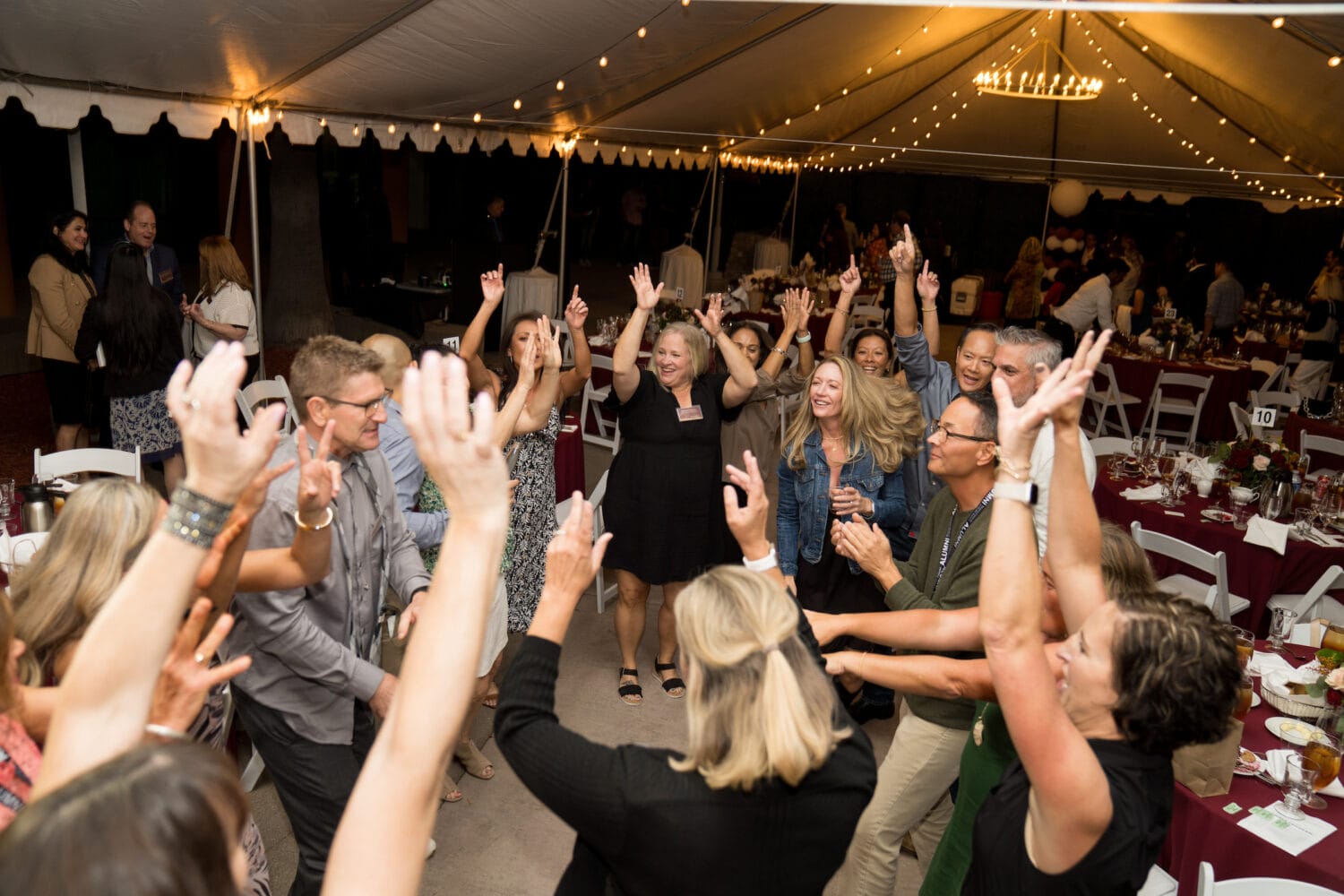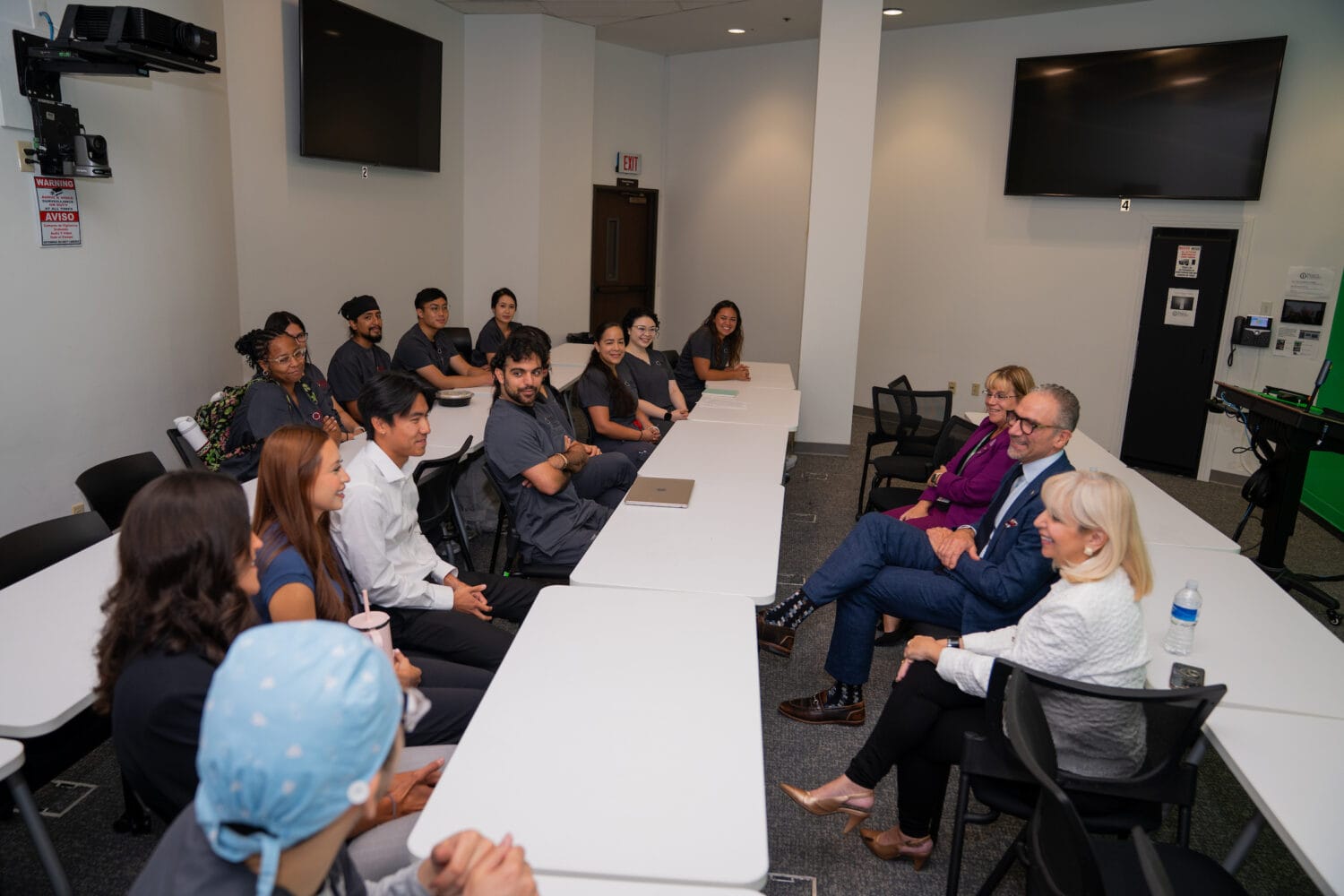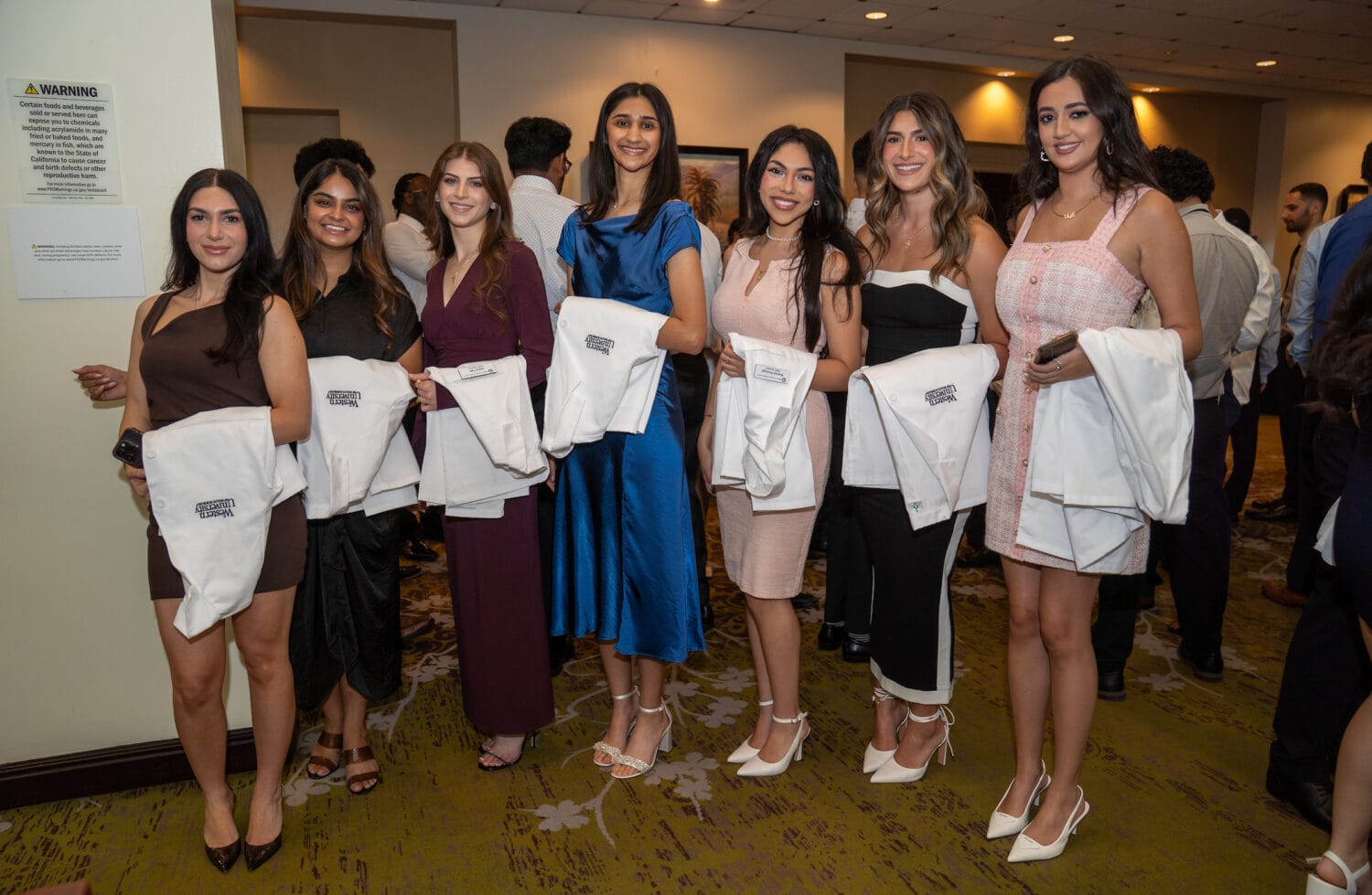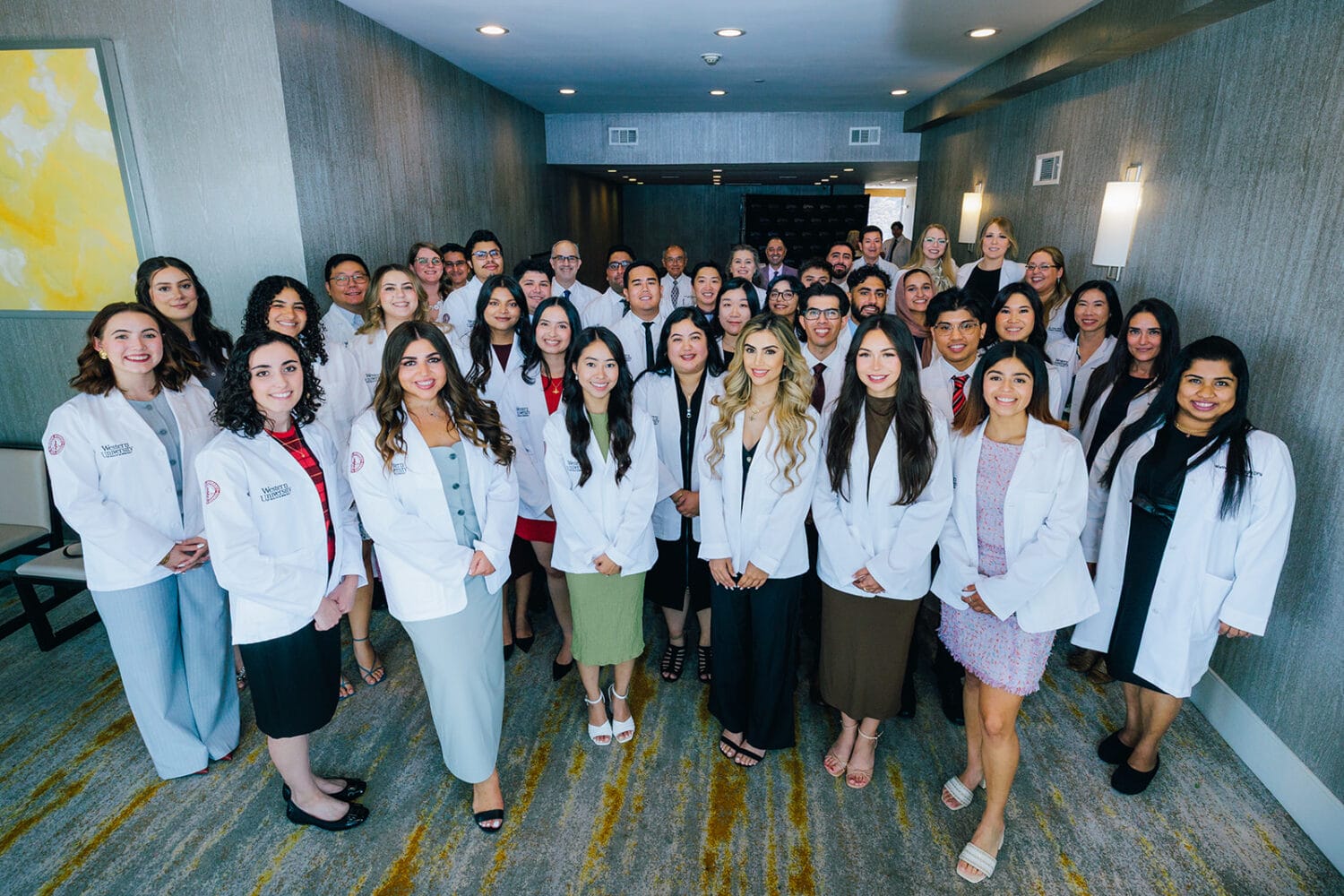WesternU College of Dental Medicine student develops dental emergency app
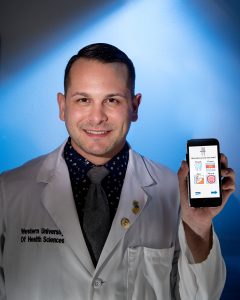
An after-hours broken tooth led Western University of Health Sciences College of Dental Medicine student Corey Stein to develop a mobile application to help people in need of emergency dental assistance.
The last few months have been a whirlwind of activity, with Stein’s app gaining nationwide attention. He received the Robert H. Ahlstrom New Investigator Award for Dental Informatics Research from the American Dental Association, and his paper, “A prototype mobile application for triaging dental emergencies,” by Corey D. Stein, MS, Xiang Xiao BS, Steven Levine, DMD, Titus K.L. Schleyer, DMD, PhD, Harry Hochheiser PhD, and Thankam P. Thyvalikakath DMD, MDS, PhD, made the cover of the October 2016 edition of The Journal of the American Dental Association October 2016, Vol.147(10):782–791.e1, doi:10.1016/j.adaj.2016.03.021.
He is also applying for a patent, looking to create a business, and working with College of Dental Medicine faculty to implement the app in CDM’s school-based oral health center in El Monte, California.
The app guides users through a series of questions designed to capture clinically meaningful data by using familiar smartphone functions. Patient-provided information accompanied by high-resolution images may help dentists substantially in predicting urgency or preparing necessary treatment resources. The results illustrate the feasibility of patients using smartphone applications to report dental emergencies. This technology allows dentists to assess care remotely when direct patient contact is less practical, according to the paper.
“I hope this will change the paradigm of how people seek out dental care and how dentists can proactively allocate resources, whether that’s time, staff or materials,” Stein said. “It will allow patients to get sound clinical dental advice. It will also give them an opportunity to seek out a dentist.”
The app could also provide huge savings for taxpayers by diverting people away from the emergency room and into a dentist’s office, where they can receive proper oral health treatment.
“This is an exciting opportunity to leverage technology, improving patient care while reducing the rapidly escalating costs associated with emergency department visits for dentally related issues,” said College of Dental Medicine Dean Steven Friedrichsen, DDS. “It also has the potential to be adapted for use more broadly in other health care disciplines, as well.”
The app was originally built for after-hours or emergency care, but can be used for routine care and also remote access to care. Stein was contacted by a person who arranges for a dentist to fly to a remote island once a month. But this dentist takes the trip without knowing the specific needs of the patients, so treatment options are limited. This app would allow the dentist to travel knowing the procedures they will need to perform during the trip, Stein said.
The app is being implemented in El Monte, where the College of Dental Medicine operates a school-based oral health center at the Jeff Seymour Family Center in cooperation with the El Monte City School District. CDM Assistant Professor Marisa Watanabe, DDS, MS, and CDM Associate Professor Alexander Lee, DMD, are assisting with the implementation.
“We’re trying to get students who come in with dental pain into the clinic sooner,” Stein said.
When a patient comes to the Jeff Seymour Family Center, the health assistant will enter their information into the app and submit a photo. The information will be placed into an electronic health record, and Dr. Watanabe will ensure the patient is either scheduled at the dental center or the proper information is sent to the patient’s regular dental provider.
“When Corey first approached me about this, I was beyond excited,” Watanabe said. “Access to care issues are still present. At the Jeff Seymour Family Center, new patients come in every week. This is an indication of the lack of dental providers for all the children in the area, even though we have been present for four years. Having an application like this will allow the community to be informed, and in our case, be able to provide an additional resource to help obtain Medi-Cal through our in-kind partners.
“It allows us to bridge the oral health gap and have direct communication with the patient or parent, versus having to go through a moderator or middleman,” she added. “With his application, I feel we will be able to triage dental emergencies very efficiently. It’s a full circle, not just a referral system. It does not just stop when the child has been scheduled, but also notes when the child, for instance, was seen in the dental clinic. As a dental provider, I am communicating directly with the parent or guardian.”
Stein developed the app while earning his master’s degree in dental informatics at the University of Pittsburgh. He broke a tooth late on a Friday night, and no dentist was available. He developed and tested the app with colleagues at the university, and wrote his thesis on this topic. He adapted this thesis for publication in the Journal of the American Dental Association. He continued to work on the project as a WesternU College of Dental Medicine student.
It was accepted as the cover story the same week he was awarded the ADA award. A lot of different dental schools, group practices, community-based clinics are interested in using it, Stein said.
“It’s crazy getting all this exposure. I’m grateful for it,” he said. “I’m very much grateful to WesternU for their support, and to everyone who really believes in the project. It has been overwhelming. Everything happened within three weeks of each other. It has been quite the wild ride.”
